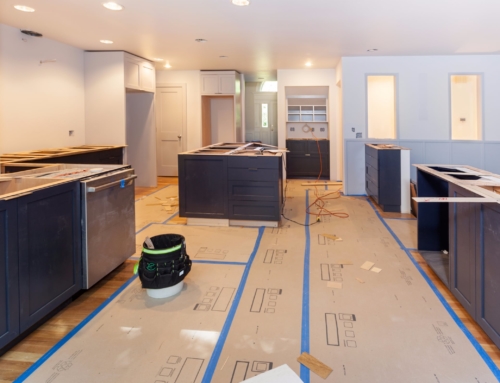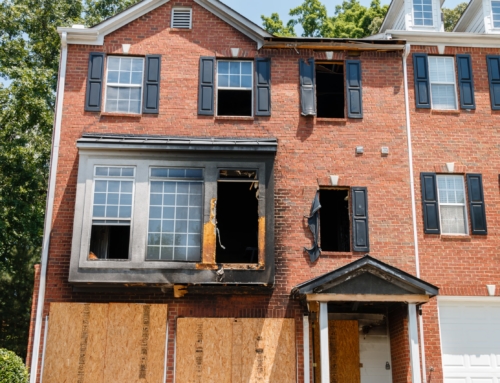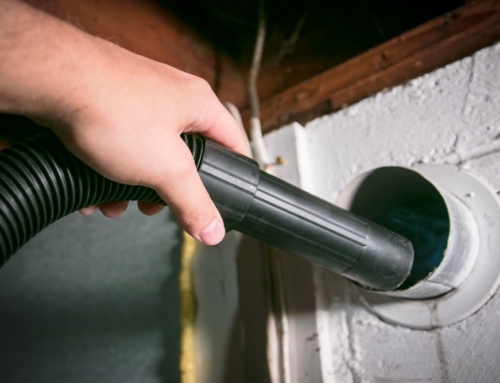Sometimes, a major home improvement project happens virtually overnight. A major leak could mean you’ll have to make an instant decision about whether to repair the roof (again!) or put another layer on top of the roof that’s there, or replace it entirely.
Most remodeling projects, however, require some planning, and the best ones are typically planned far enough ahead so that the details can sink in: How you use and live in a space should dictate the design, scope and cost of the project.
Whether you’ve already set aside the cash for a near-term renovation, or if you’re still at the armchair contractor phase, here are some ways to plan a remodeling job that works.
- Research design ideas. If you’re having trouble coming up with your own ideas at first, turn to any of the hundreds of design, house and home improvement magazines at your local newsstand.
Flip through the pages and clip any photographs that contain details you like. Mark the back of the photograph so that you remember what you liked and where you thought it might work with your renovation.
-
Compile a clip file. Keep your clippings organized by placing them in either an expanding file folder (with one pocket for each different room or design detail). You could also tape the clip to a page of white paper, punch holes in it and put it in a 3-ring binder. Either way, the idea is to keep the clips neat and allow you to easily flip through them when you’re working on the plans for your renovation.
-
Think about how you’ll use the space. Even if you use an architect, you know your home better than anyone, and you know how you use it. If you’re planning a kitchen remodel, you know if you’re a messy cook who likes to spread everything out all over the place or if all you do in your kitchen is arrange take-out.
If you’re redoing your master bathroom, think about what time you and your spouse or partner get up in the morning. What kinds of things do you do in your bathroom and what kind of storage space will hold the gear (makeup, hairdryer, shaver, etc.) you need to get ready in the morning. Does the bathroom need to accommodate two people at the same time or just one?
If you’re planning to build out a mud room, think about how many people will use the space at the same time, what kinds of coats, boots, shoes, and other apparel will be hung there. Will guests hang their coats there or will you have another guest coat closet?
- Create a reasonable budget you can afford. Once you have the ideas, it’s time to figure out how much you want to spend on your remodeling project — before you ask the architect to develop the blueprint. If you allow your architect or kitchen design to create the “space of your dreams,” the cost will soon give you nightmares.
Instead, start by taking a realistic look at how much you can afford to spend on this particular project. If you have $20,000 in home equity cash set aside for a kitchen remodeling project, then you should try your best to live within that budget (or something reasonably close to it). Don’t have your architect design a $100,000 kitchen (with that wood-burning pizza oven you’ve always wanted if you can only spend about a quarter of that. Otherwise, you’re wasting everyone’s time and you’ll eat up more of your budget in architectural fees.
- Put your cash in places it’ll pay off. If you’re planning to move within five years of completing your remodeling project, the smartest move you can make is to think about how easy it will be to resell your renovated dream home — before you start the project.
While you might want to live in a five-bedroom, four-bath McMansion, it may not be smart move if you live in a neighborhood of three-bedroom saltboxes. On the other hand, if the situation is reversed, you might be able to build in a lot of value by expanding your home to meet the neighborhood standard.
Home improvement projects that typically give the biggest bang for the buck include renovating your kitchen and baths, adding on a master bedroom and bath, and adding on or enlarging your family room or creating a home office.
But unless you’re as rich as Bill Gates, you’ll likely have to make some trade-offs in order to get your budget to work. The best trade-off is to put some of the fancier finishes on hold in order to get the space you want. So, build the biggest family room you can afford, even if it means you’ll have to put a cheap coat of paint on the walls instead of the designer wallpaper you have been longing for. It’s likely that over time you’ll be able to afford the wallpaper, but once you’ve survived your renovation, you won’t be inclined to bump out your home a second time.
- Let your imagination soar. While it may be difficult at first to envision how your home will look with the renovation in place, spending some down time thinking about how the space will work is a useful exercise.
Walk through the space mentally. How do you see the space melding with the rest of the home? Try to focus your mind on the details: the way a door opens, where the furniture will be placed, what the trimwork will look like.
Compare what you see in your mind’s eye to what’s on the page. Question any discrepancies you see so that you can resolve problems sooner rather than later.
- Don’t start until you’re completely happy. One of the biggest mistakes homeowners make is starting their renovation project even though they have concerns about either the design or the team that will implement it. They figure they’ll fix whatever problems exist during construction.
But change orders are expensive and tinkering with the design while the building is underway can create unhappy surprises that are annoying and difficult to fix later on.
If you’re unhappy with the plans, spend the time to fix them before you leave the blueprint phase. If you’re unhappy with the architect or contractor, make a change sooner rather than later.
And if you find you’re at or over budget even before the demolition starts, stop and make as many compromises to give yourself a little financial cushion. Because no matter where you think you are in terms of the budget, the great truth about home improvement projects is that they always cost more and take more time than you planned.
Nov. 19, 2004.






Leave A Comment